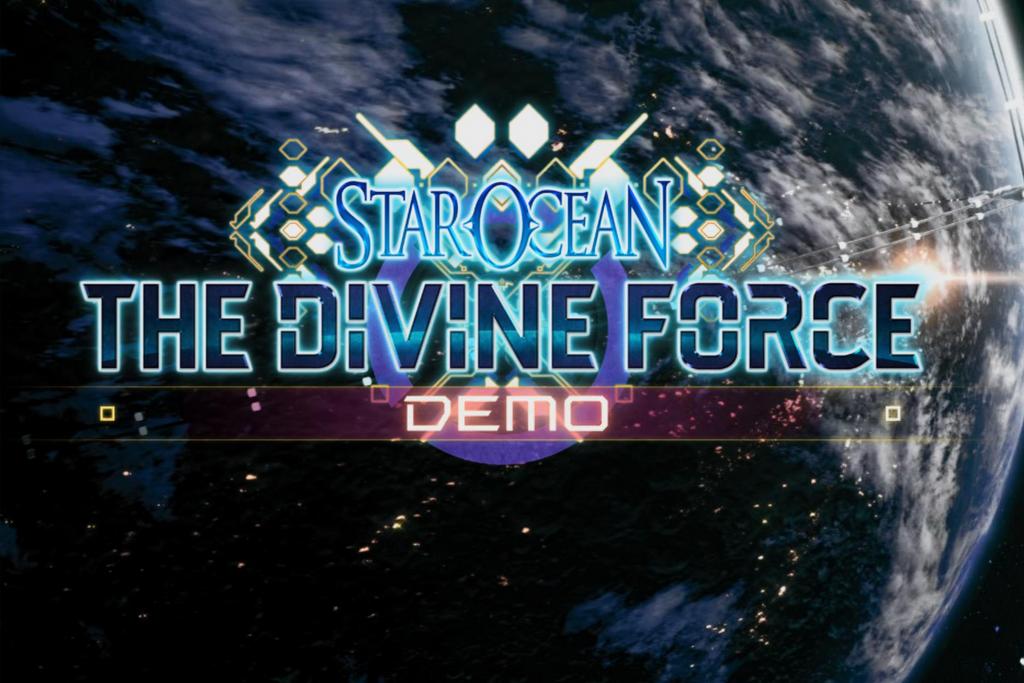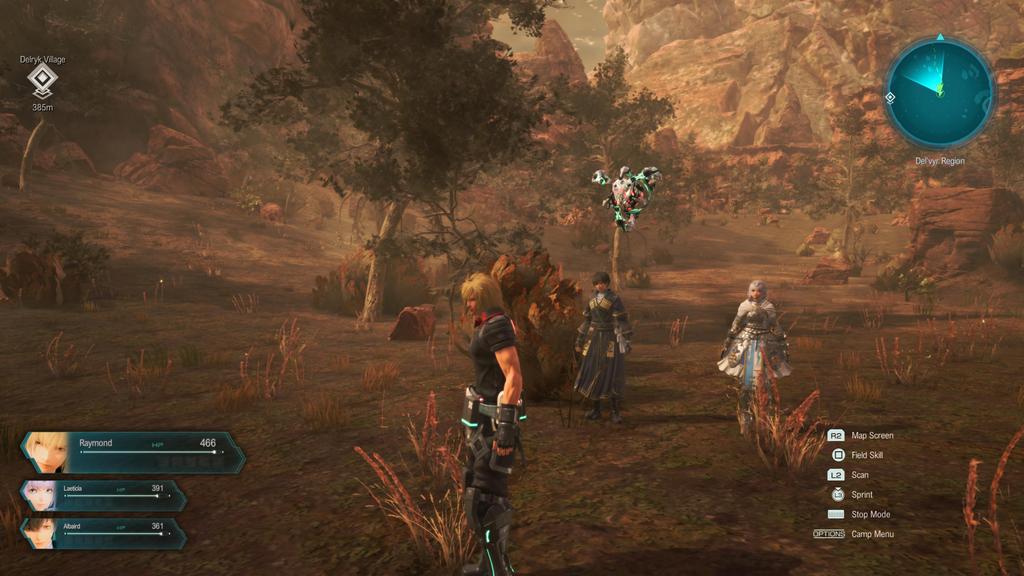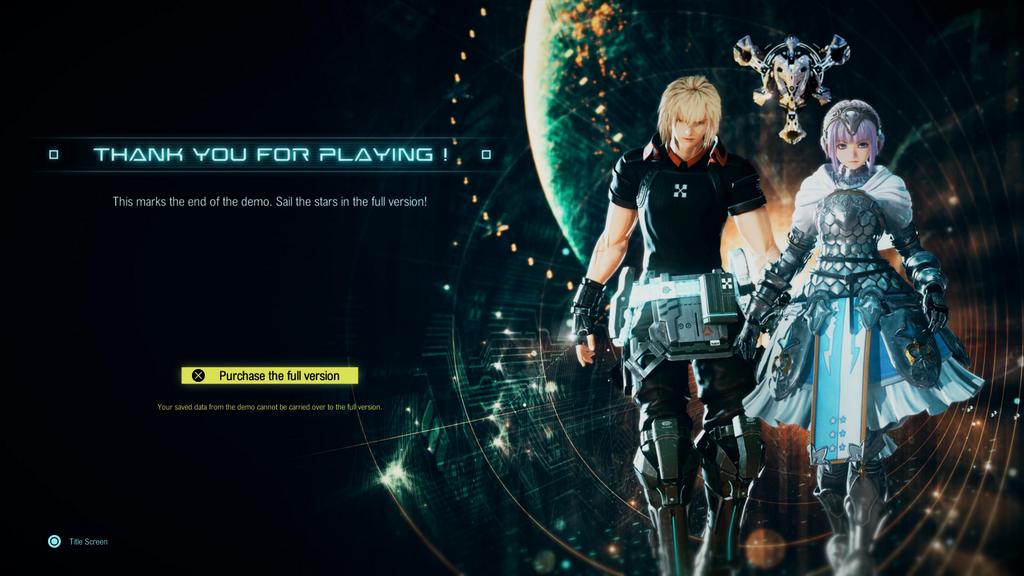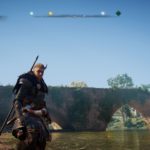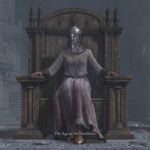Space pirate crash lands on fantasy planet at the dainty feet of a runaway magic princess, it’s a story as old as time itself. Can Star Ocean: The Divine Force’s innovative combat bring something new to the formula?
Star Ocean is one of those long running RPG series, like Dragon Quest or Five Nights at Freddy’s, that I have somehow never played in all this time. I finally broke my streak with DQ by playing both Dragon Quest XI and Dragon Quest Tactics in the same year, even. I still haven’t managed to do the same for FNaF. Maybe someday.
The Star Ocean, series, came heavily recommended by someone whose opinions I trust. Which made it all the sadder for me when I tried a PS2 entry in the series and just didn’t connect with it. Not sure why — I just didn’t.
A bunch of demos have been dropping on the PS5 these days. I grabbed Star Ocean First Departure R by accident while looking for the Divine Force demo, so I suppose I have that one, now. But Divine Force was my prey.
The demo (and presumably the full game) opens with a small cargo vessel run by its captain, Raymond, an inflatable android and a girl who looks JUST LIKE the one he bumps into just before the demo ends, being fired upon by a space battleship. They are forced to abandon ship. Raymond’s escape pod lands at the feet of a runaway princess and her bodyguard, which is lucky for him, probably.
Stuff continues in standard JRPG fashion. But SO:tDF is more than its plot. It is all about its combat.
The game introduces its combat system in bits and drabs. There’s a lot to it, but there are two main groupings. Your attack combos, which you get to set from parts you unlock, and moves enabled by the D.U.M.A., a floating drone that allows you to fly around the battlefield like FFXV’s Prince Noctis. In fact, with its weapons that appear when needed and disappear afterward, the combat is very much like FFXV.
In combat, the idea is to disable the enemies through battle effects (stun, etc.), surprise attacks, criticals, and especially blindsides, which range from hitting something from behind, flanking when they are about to attack, or better, using DUMA to streak toward one target but change at the last moment to another target. The screen lights up when you make that one.
Each character has a skill grid, which is reminiscent of FFXII’s license boards more than FFXV’s skill tree. Skill points are spent to unlock new skills, but skill points are also used to strengthen skills already unlocked, and so becomes a precious resource for character advancement. Skill Points are earned by leveling up. I’m unsure if they are also earned some other way.
In the demo, Raymond and the princess’ bodyguard can unlock a healing over time passive skill. The princess herself cannot. I just thought that was strange.
In battle, similar to FFXII, you control one character in your party while the others fight autonomously. You can switch between them at any time, and probably should, if you see one of your crew getting into trouble. Death is unfortunately never far in any battle. The active character gets DUMA and its flying abilities.
Battles do get pretty chaotic.
The demo only allows playing as Raymond. I imagine the full game lets you play as the crewmate he’s looking for, who probably has her own story that eventually intersects Raymond’s. The demo ends when the player reaches the second village, so it’s about an hour or two of content, long enough to get a feel for the game, but not long enough to learn much about the plot.
We know Raymond’s quest — he wants to gather his crew and figure out why he was shot out of the sky. We don’t know why the princess and the bodyguard are wandering around, or what they need Raymond for.
Monster groups are almost always clearly visible in the overworld, and you can take them on for experience and skill points or simply ignore them as you like. A pointer to your current objective is always on the screen, including its distance. Collectibles appear as green flames in the world; crystals to power up DUMA’s abilities appear as floating purple diamonds, and often hide out in hard to access areas. This is not an open world RPG, at least not in the demo; it’s actually very linear.
Following the quest pointer is the most efficient use of your time, but exploring along the way can lead to more collectibles, crystals, treasure chests or tiny fuzzy rabbits. Collect enough and you can turn them into a larger rabbit found in villages for rewards.
DUMA allows you to scan the area for enemies and treasures. Its range initially is low, but it can be extended with crystals.
Star Ocean: The Divine Force is a fast-paced, action-packed RPG with a lot of systems to learn. The combat is engaging and the world is interesting. The demo is too short to really get a feel for the story, but what little is there is intriguing. I recommend giving the demo a try, if you have a PS5.
